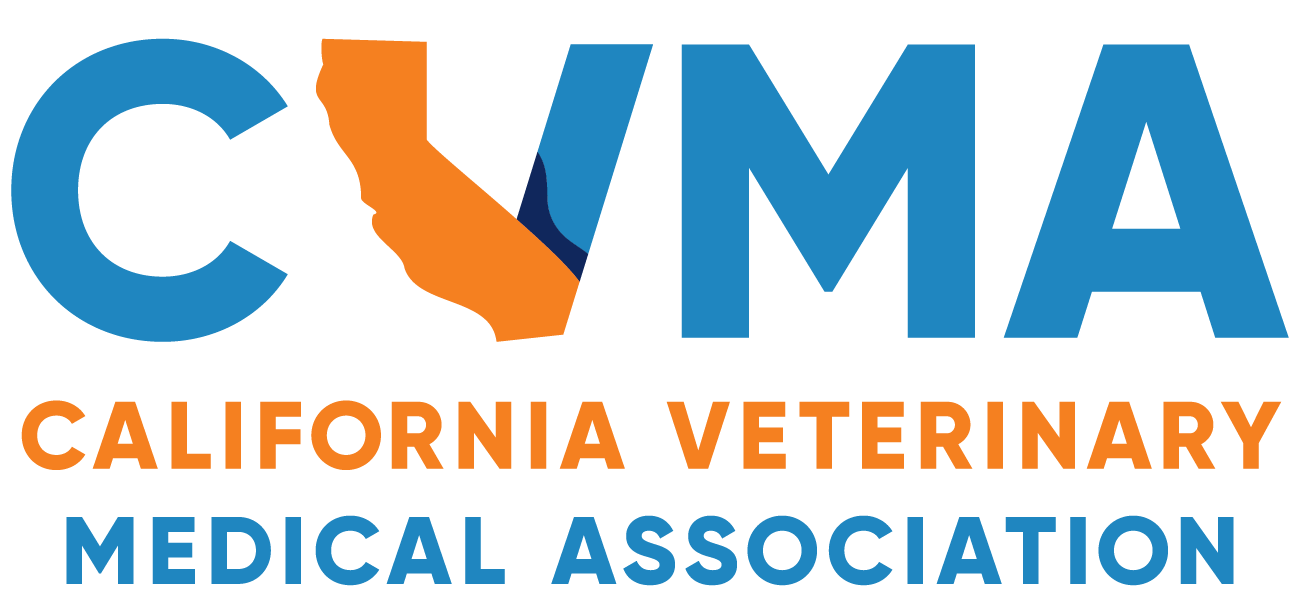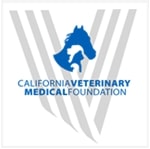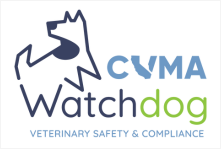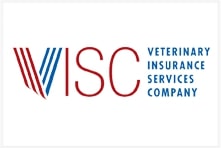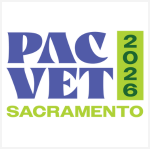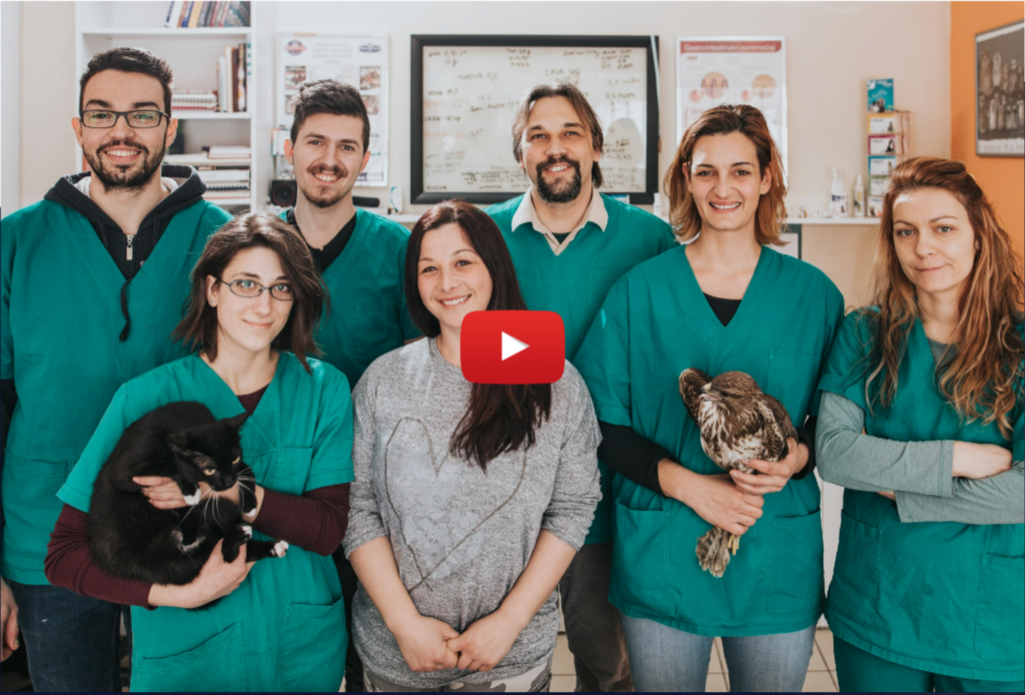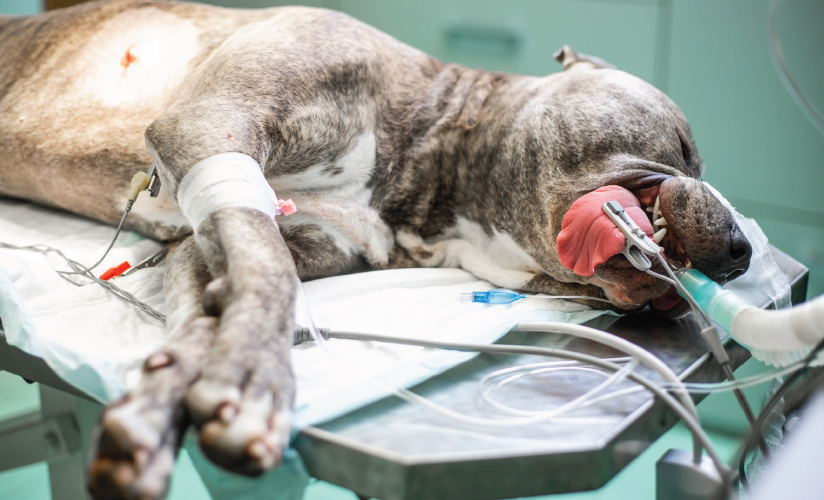
This article was originally printed in the Nov/Dec 2025 issue of the California Veterinarian magazine.
General anesthetic procedures, especially those involving gas inhalant anesthesia, are regulated in California by laws enforced by the California Veterinary Medical Board (CVMB), the California Department of Industrial Relations Division of Labor Standards Enforcement (Cal/OSHA), and the California Environmental Protection Agency (CalEPA). To comply with minimum practice standards, maximize worker and patient safety, and minimize environmental impact, veterinary practices must be familiar with the laws and regulations regarding general (gas) anesthesia.
CVMB Regulations
California Code of Regulations (CCR), Title 16, Section 2032.4 includes regulations regarding general anesthetic procedures. The law stipulates the following:
a. General anesthesia is a condition caused by the administration of a drug or combination of drugs sufficient to produce a state of unconsciousness or dissociation and blocked response to a given pain or alarming stimulus.
b. When administering general anesthesia, a veterinarian shall comply with the following standards:
- Within twelve (12) hours prior to the administration of a general anesthetic, the animal patient shall be given a physical examination by a licensed veterinarian appropriate for the procedure. The results of the physical examination shall be documented in the animal patient’s medical records.
- An animal under general anesthesia shall be observed for a length of time appropriate for its safe recovery.
- Provide respiratory monitoring including, but not limited to, observation of the animal’s chest movements, observation of the rebreathing bag or respirometer.
- Provide cardiac monitoring including, but not limited to, the use of a stethoscope, pulseoximeter or electrocardiographic monitor.
- When administering general anesthesia in a hospital setting, a veterinarian shall have resuscitation or rebreathing bags of appropriate volumes for the animal patient and an assortment of endotracheal tubes readily available.
- Records for procedures involving general anesthesia shall include a description of the procedure, the name of the surgeon, the type of sedative and/or anesthetic agents used, their route of administration, and their strength if available in more than one strength.
The CVMB commonly finds in its inspections insufficient documentation of a physical exam being conducted by a veterinarian within twelve hours prior to the administration of a general anesthetic in accordance with subsection (b)(1), and that the description of the procedure and anesthetic agents pursuant to subsection (b)(6) is inadequate. In addition, the inspector may find endotracheal tubes and rebreathing bags noted in subsection (b)(5) hanging on a wall rack where they may be exposed to contaminants. The CVMB requires that those items be stored in an enclosed space, such as a drawer or cabinet, to ensure sanitation. All endotracheal tubes and rebreathing bags should be checked regularly for functionality.
CCR, Title 16, Section 2030 (f)(10) states: “Anesthetic equipment in accordance with the procedures performed shall be maintained in proper working condition and available at all times.”
In regard to gas anesthesia machines, the CVMB requires documentation to show that machines have been serviced by professional companies in accordance with the manufacturer’s recommendations or on a periodic interval consistent with standards of good veterinary medical practice.
Maintenance items may include vaporizer calibration, routine inspection of the machine for leaks, and replacement of sodalyme, charcoal filters, and tubing, among others. While some of these tasks may be managed by practice employees, vaporizer calibration, leak testing, and repair require the use of a professional company.
Cal/OSHA Regulations
CCR, Title 8, Section 5155 sets a permissible exposure limit (PEL) of two parts per million averaged over an eight-hour period for isoflurane or halothane gases. Section 5155(e) specifically relates to workplace monitoring, stating:
- Whenever it is reasonable to suspect that employees may be exposed to concentrations of airborne contaminants in excess of levels permitted in section 5155(c), the employer shall monitor (or cause to have monitored) the work environment so that exposures to employees can be measured or calculated.
- When exposures to airborne contaminants are found or are expected to exceed allowable levels, measures to control such harmful exposures shall be instituted in accordance with section 5141.
- For the adequate protection of employees, the person supervising, directing or evaluating the monitoring and control methods shall be versed in this standard and shall be competent in industrial hygiene practice. Note: To facilitate the detection of conditions leading to serious overexposures, the screening of the work environment by any person authorized by the employer, using appropriate measuring devices, is encouraged.
- All monitoring results shall be recorded and such records shall be retained in accordance with section 3204.
Employee exposures to veterinary anesthetic gases occur commonly during patient recovery since CCR, Title 16 Section 2032.4(b) requires that patients be monitored while they recover from anesthesia. During this period, anesthetic gas being exhaled by the recovering patient may cause worker exposure. Other common causes of anesthetic gas exposure include improper use of an induction chamber, ill-fitting masks or endotracheal tubes, leaks in the system, refilling the vaporizer, spills of liquid anesthetic gas, or instances in which the gas source is disconnected from the endotracheal tube to facilitate patient repositioning.
CalEPA Regulations
CalEPA’s Division of Toxic Substances Control (DTSC) sets and enforces regulations that protect the environment from toxic, ignitable, reactive, or corrosive agents. Anesthetic gases are considered hazardous according to CCR, Title 22, Section 66261.21. Because veterinary practices produce hazardous waste in accordance with Title 22, Section 66262.12, registration is required with the DTSC via DTSC Form 1358, which may be found online. All hazardous waste produced in veterinary practices must be transported and disposed of by DTSC approved businesses. A searchable database of these businesses may be found at hwts.dtsc.ca.gov/transporters/.
Anesthetic Gas Resource
The California Department of Public Health Occupational Health Branch recently published a workplace hazard update on anesthetic gases that is available for free to the public as an educational resource. It may be accessed through this document.
Understanding and implementing these laws and regulations is an important part of ensuring a safe work environment for all veterinary staff and patients.
This article is for informational and general educational purposes only. It is not intended to take the place of legal advice, nor should it be considered as a legal interpretation. Although significant effort has been made to ensure the accuracy and completeness of the information at the time of publication, the CVMA shall not be responsible for any errors or omissions, or any agency’s interpretation, application, or enforcement of the information presented herein.
